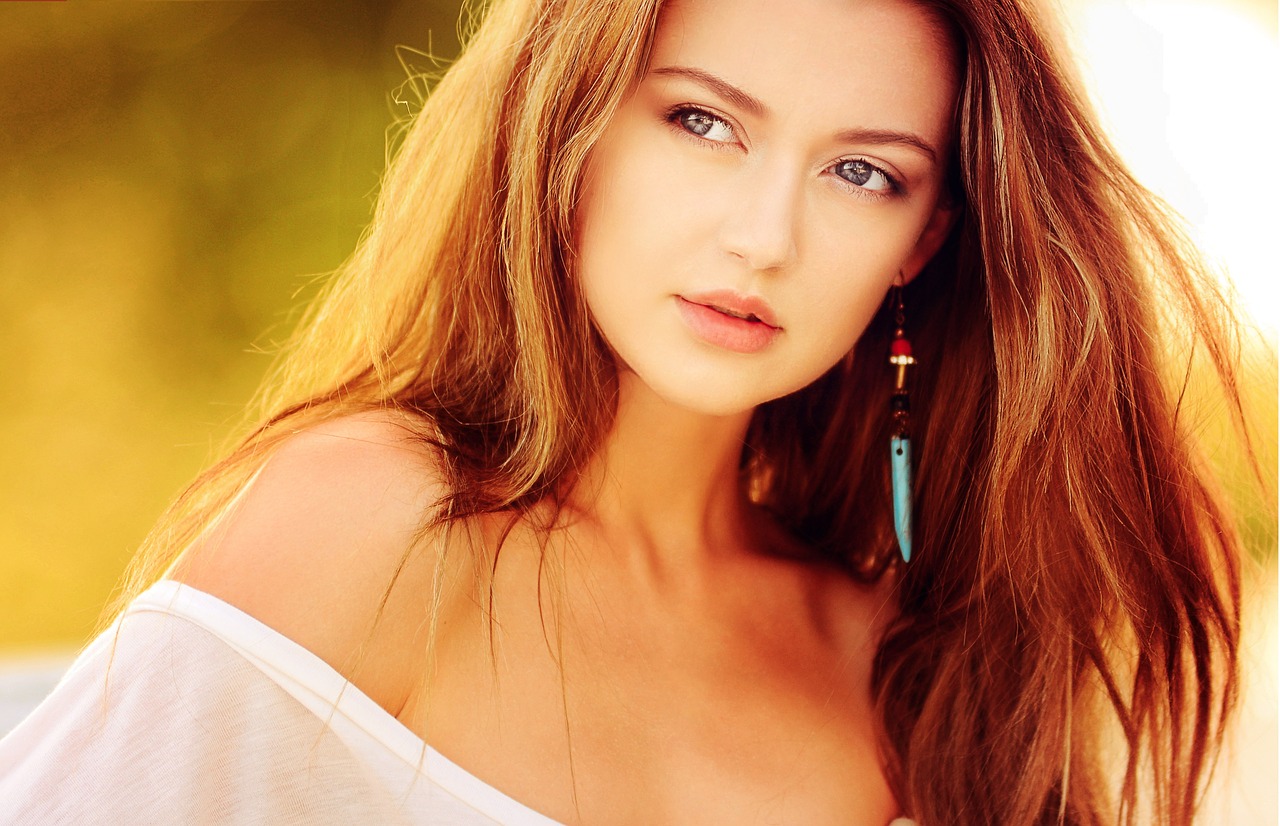Finding the best hair oil among all the luxury oils is the first step. You must know why a hair oil is a good choice. Learn about the qualities of the most popular hair oils. Check your hair porosity and the best hair oiling method.
Hair oiling has been known for ages but it has never been so much appreciated as it is now. Riding on the wave of popularity, it is being used by more and more women. We no longer search for an excellent hair care method. We have found hair oiling.

Hair oiling – effects
Regular use of hair oils delivers a variety of possibilities. We can achieve a real hair make-over. Damaged hair will restore shine and get repaired. Dry strands will receive proper moisture. Fine and sensitive hair will be provided with complex protection. Nearly every hair oil:
- nourishes (replenishes nutrients),
- moisturises (locks in water and controls its level),
- repairs (strengthens hair and stimulates cellular renewal),
- protects (limits harmfulness of temperature, sun and toxins),
- smooths (seals hair cuticles).
Apart from basic properties, hair oils have some individual qualities. There are lots of natural substances that help us tackle very difficult problems. For example:
- argan oil shields hair from heat,
- castor oil stimulates hair growth,
- burdock oil fights off the dandruff,
- cedar oil reduces hair loss,
- lauric oil prevents greasy hair.
If a hair care product contains a large quantity of oils of valuable for our hair properties, it works better for our strands. We must choose the product reasonably yet not only the ingredients are crucial.
Hair oiling methods – which one to pick?
Hair oil application methods are very important and cannot be ignored. Depending on desired effects, there are six standard methods for hair oiling:
- In order to cover all hair evenly: oiling in a bowl.
- For maximum action: overnight oiling.
- For nourishment: wet hair oiling.
- For delicate conditioning: dry hair oiling.
- For styling: oiling after washing.
- For smooth hair: hair oil mist.
Hair porosity and hair oiling
What is the connection between hair oiling and hair porosity? Hair porosity determines how damaged your hair is. It defines the condition of hair cuticles. If the cuticles are highly raised, hair is deprived of any protection.
Depending on the position of hair cuticles, there are three hair types. They range from the most to the least damaged. Different natural oils match specific hair type so we must look for them in hair products.
LOW POROSITY HAIR:
- position of cuticles: tightly cling to the hair stem,
- hair texture: straight,
- features: smooth, heavy, lacking volume, hard to style, curl-resistant.
Perfect oils for low porosity hair must have a large amount of saturated fatty acids. These acids match the structure of low porosity hair. Small particles of plant butters are especially effective in this hair type. Excellent products for low porosity strands: shea butter, coconut oil, cupuacu butter, palm oil, babassu oil, cocoa butter, monoi oil and mango butter.
MEDIUM POROSITY HAIR:
- position of cuticles: raised,
- hair texture: wavy,
- features: frizzy, dull, dry, split ends.
In case of medium porosity hair, we should reach out for oils that include more monounsaturated fatty acids. The size of their particles suits the position of hair cuticles, therefore hair oiling is effective. The best oils for medium porosity hair: camellia oil, sweet almond oil, rice oil, sesame oil, rapeseed oil, buriti oil, avocado oil, sea buckhorn oil, moringa oil.
HIGH POROSITY HAIR:
- position of cuticles: highly raised,
- hair texture: curly,
- features: dry, stiff, dull, shine-less, split ends, brittle, rough.
If we have high porosity hair, we must look for oils of large particles. Oils with most polyunsaturated fatty acids are the most effective in this type of hair. Such oils are the only ones that have the ability to seal damaged hair structure. Oils for high porosity hair are: grapeseed oil, sunflower oil, pumpkin oil, cottonseed oil, argan oil, corn oil.
